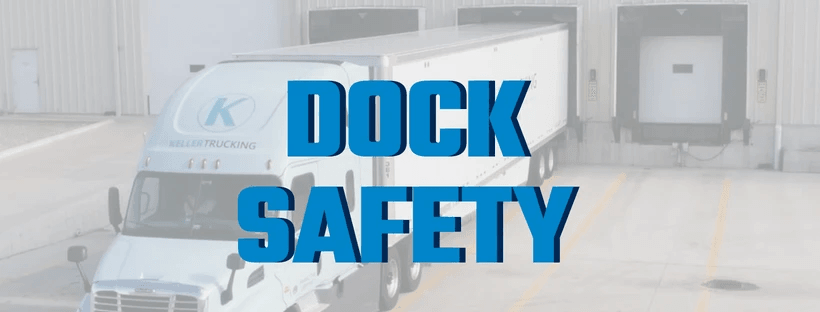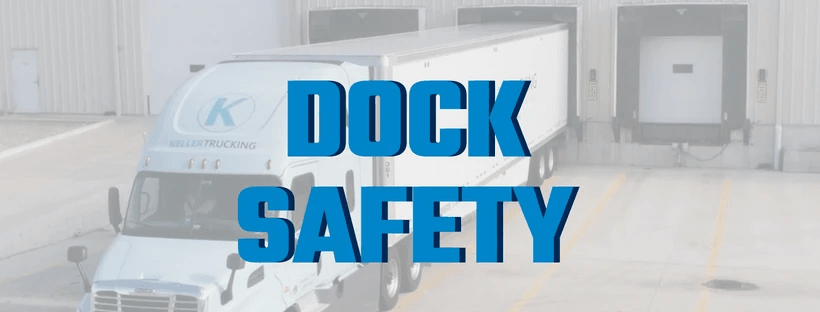


Prior to the creation of the Occupational Safety and Health Administration (OSHA) in 1971, nearly 14,000 workers were killed on the job each year. Fortunately, today’s workplaces are considerably safer; in fact, fatalities have dropped from 38 to 13 per day.
Despite safety measures having a greater priority, loading docks can still be one of the more dangerous workplaces both in a warehouse and in the industry overall. Because of this, facility management and operations look at loading docks as one of the top areas to implement better safety practices. Not only will safer loading docks mean a healthy, safe workforce – which, for any company, should be a top priority – but reducing injuries while on the job and subsequent worker’s compensation claims, safer docks save the company money. And that means keeping overall costs down for shippers and the end consumer.
We’ll focus on loading docks specifically for this article. So what can logistics companies do to keep their workers and their bottom line safe? Here are five ways to increase safety on loading docks.
1. Proper safety training of dock workers
All workers should be properly trained and educated on safety procedures within the loading dock space. That training should not only be mandatory but reinforced and practiced on a regular basis. These training protocols should ensure workers are able to identify slip and fall hazards, improper lifting techniques that could cause back injuries, and injuries from not being aware of surroundings. Personnel should also be educated and trained on marked areas for safely walking through the dock areas and the paths for vehicular or equipment traffic.
2. Consider dock design
When designing the dock and dock area, there are several factors to consider. Designers must pay special attention to the height and door size, ensuring safe entry and exit of vehicles into the dock, and clearly marking areas for pedestrian traffic. Equally as important are the inclusion of dock locks, like those recently installed by Keller Warehousing. These safety tools can provide protection against unexpected trailer departures and employees will no longer have to leave the dock to position wheel chocks or place hand locks. This means employees can avoid dangerous elements or other external environmental factors.
3. Insurance premiums
Even the best safety programs will fail without proper incentives. While disciplining employees for not participating in safety procedure training or following through on those procedures on the floor is an option, rewards often work just as well and can create goodwill between the dock workers and management. One way to reward employees for safety measures is to lower their insurance premiums. If they stay safe, you and your customers are making money. Why not pass some of those savings along?
4. Equipment safety protocols
As quickly as equipment technology is evolving, so too is required safety training – particularly for forklift drivers. Knowing how these large pieces of equipment operate under various conditions can keep employees safe, as well as ensuring the equipment stays functional. Forklift injuries are especially prevalent when proper training is not in place causing thousands of accidents each day. However, installing safety protocols around vision and pedestrian crossings can decrease the frequency of these incidents substantially.
5. Preventative maintenance
Regular preventative maintenance programs for both equipment used and the actual dock functions themselves should be mandatory. Any damage should be reported immediately, of course, but scheduling regular inspections and replacements can keep the dock running smoothly and safely throughout the year.
Keller Warehousing was recently awarded a safety grant to use toward the installation of a mechanical dock lock system to increase safety for employees and improve warehousing capabilities. Read more about this new system here.